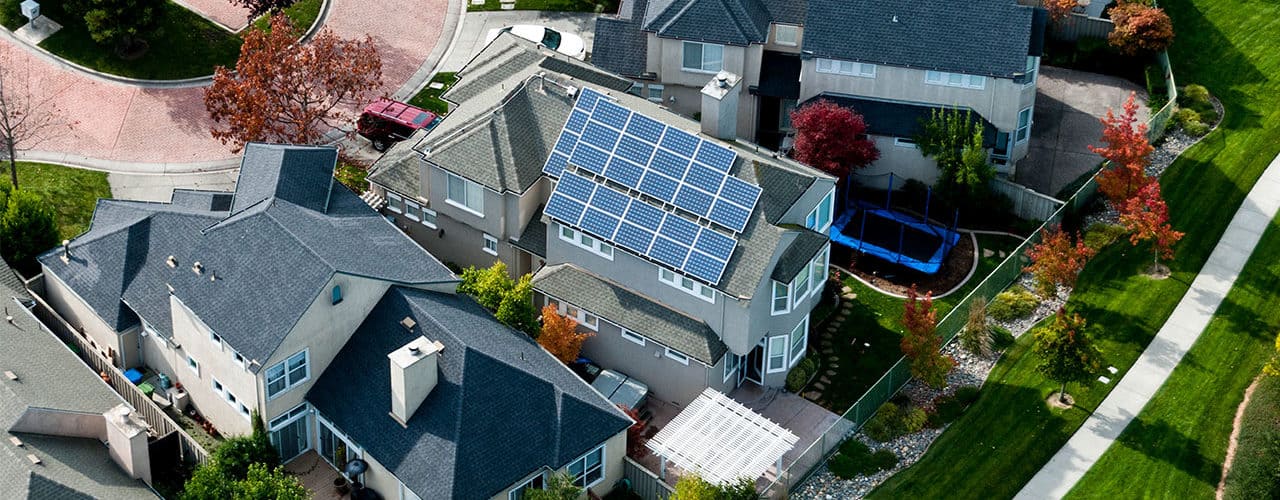When purchasing a home one of the most overlooked aspects is getting a good mortgage. The difference between a good and bad interest rate could save a person hundreds of dollars per month or give them tens of thousands of dollars of extra affordability. With interest rates near all time lows, now is an excellent time to lock in a low interest rat through either a new mortgage or a mortgage refinance. However, due to the recent high rate of mortgage defaults, many mortgage lenders are hesitant to give out new mortgages and getting the best rates are even harder to come by. Luckily, there are various steps a person can take to get a good mortgage rate.
Have Good Credit
The first step a person can take to get a good mortgage rate would be to have good credit. When reviewing a credit application, a person’s credit score is one of the largest factors that a bank uses in the mortgage approval process. This is because a credit score shows a person’s ability to make payment on time and as agreed and can be used to determine whether the person will continue to make payments on time in the future.
To understand your credit, it is important to check your credit report. If there are inaccurate or negative information on your credit report, it is important to fix the issues a few months prior to applying for the mortgage. Some of the easiest ways to improve your credit score quickly would be to have erroneous information removed, pay off any outstanding credit card balances, and pay off any existing charged off accounts. In general, you will need a credit score of 700 to be approved for a mortgage and a score of 740 to get the best rates available.
Put More Money Down
The second step a person can take to get the best possible mortgage rate would be to put more money down. In recent years, many lenders were willing to give mortgages to people with no down payment. Due to declining property values and high rates of underwater mortgages, most banks now require a higher down payment. In order to get approved for a new mortgage or a mortgage refinance you will need at least a 10% down payment. However, in order to get the best possible rate, and to avoid paying private mortgage insurance, you will need at least a 20% down payment.
Purchase a Cheaper Home
The third step that a person can take to get a lower mortgage interest rate would be to purchase a cheaper home. Home affordability is one of the biggest risk factors considered by mortgage lenders. In years past, mortgage lenders were willing to give a mortgage to someone whose housing debt to monthly gross income percentage was 40% or less. Since lenders have found that people with that level of housing debt are more likely to default, many lenders now recommend a percentage of 30% or less. Therefore, if you are looking to get a mortgage, purchasing a cheaper home will lead to lower payments and, therefore, a lower debt rate.
Negotiate
The fourth step that a person can take to get a lower mortgage rate would be to negotiate with lenders. If you have a good credit score, a large down payment, and are purchasing an affordable home, many mortgage lenders will want your business. If this is the case for you, you will be able to negotiate with lenders to receive both a lower interest rate and lower fees.
<>







